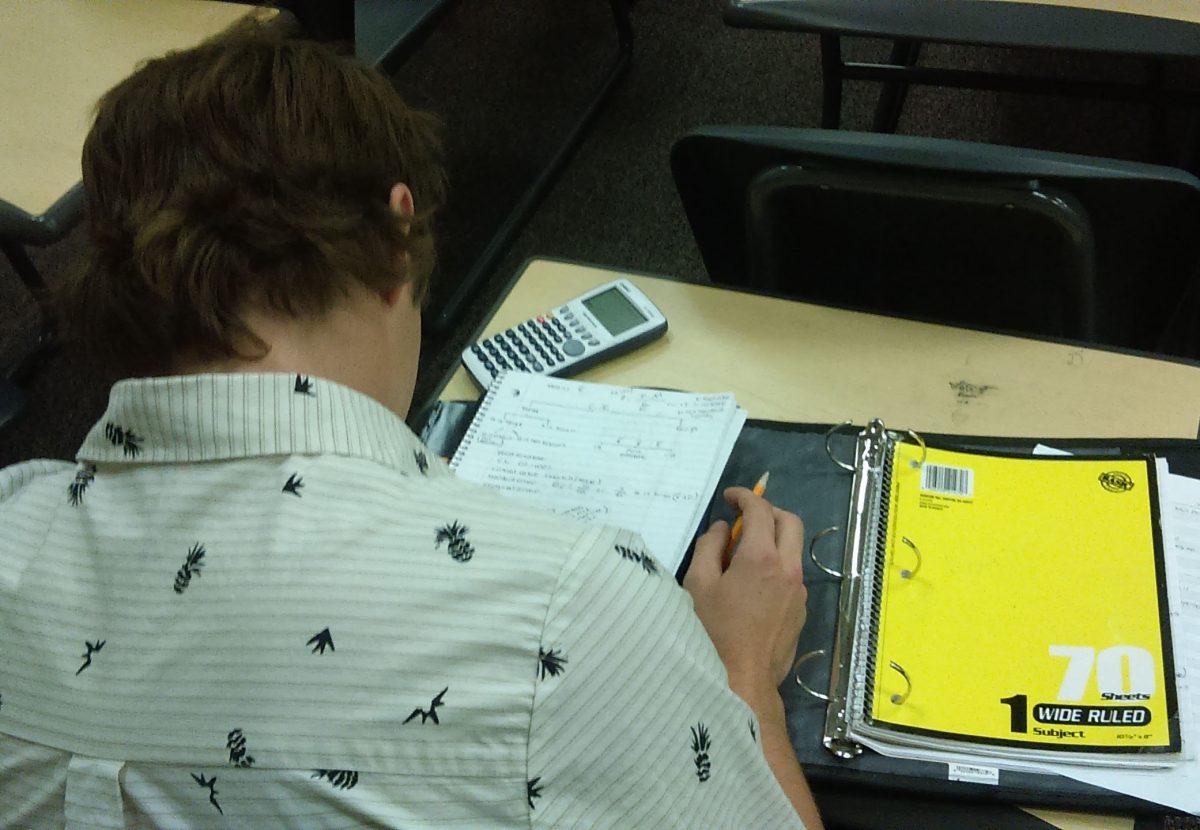By Courteney Kauffmann
Staff Writer
Solving math problems can come easy to some, but can be extremely difficult for others to manage.
There are those who can quickly figure out an equation after being taught a few lessons on how to do so, but then there are people who sit at their desks late at night with crumpled papers all around, banging their heads in total frustration because they just don’t get it. Students in particular who are unable to pass their math courses may find themselves running out of options when trying to earn their associate degree. Little do they know that there’s a special option available to them.
Cuesta College’s Disabled Students Program and Services (DSPS), offers what is called a math waiver to students already in the program.
“A math waiver is designed to allow students who have a disability to graduate when they have completed all requirements for the Associate degree except for their math proficiency requirement, and the reason they did not complete their math requirement is because of their disability,†said Mark Tomes, Learning Disability Specialist at Cuesta College.
Before applying for a math waiver, the applicant has to be determined to be a suitable candidate. This means that the disability must be verified to get the waiver. Waiver students still have to pass their other classes to get a degree. Only the math credits are excused.
Nearly all community colleges have math waivers or math substitution procedures and policies, but only 2 or 3 students per year graduate with a math waiver, according to Tomes. Math waiver students also need to meet with a DSPS specialist to review their case and discuss the math waiver process.
“Usually a Specialist will see about 5 or 6 students per semester to discuss the math waiver process,†Tomes said. “But only one or two, or even none, are ready to go through the process.â€
After verifying the disability, the student still has to attempt a math class at their level. This means that they have to show up to class every day and take all the tests and quizzes. The process is called good faith efforts. In order to get the math waiver the student must prove that they tried their best to pass the class.
“Most students who do all the good faith efforts to pass the courses they need to graduate,†Tomes said.  “But some students, even with good faith efforts, cannot pass their math course because of their disability.â€
If a student goes through good faith efforts and still can’t pass the class, they can drop the class before the deadline and apply for the math waiver. The good faith process was put into place to make sure that students don’t just slack off and get off easy with a math waiver—they really need to give it their all.
Unfortunately, a student getting a math waiver at a community college will not meet the transfer requirements to get into many universities. Some universities will automatically deny admission to those students, but there are some that will admit them if the students’ major is not math related.
“A student gets their associate degree diploma and relief that they won’t have to take math again at the college or university level,†said Tomes. “They often have spent a lifetime trying to learn math and pass math courses, and it is very frustrating—so getting a math waiver can be a big relief.â€









